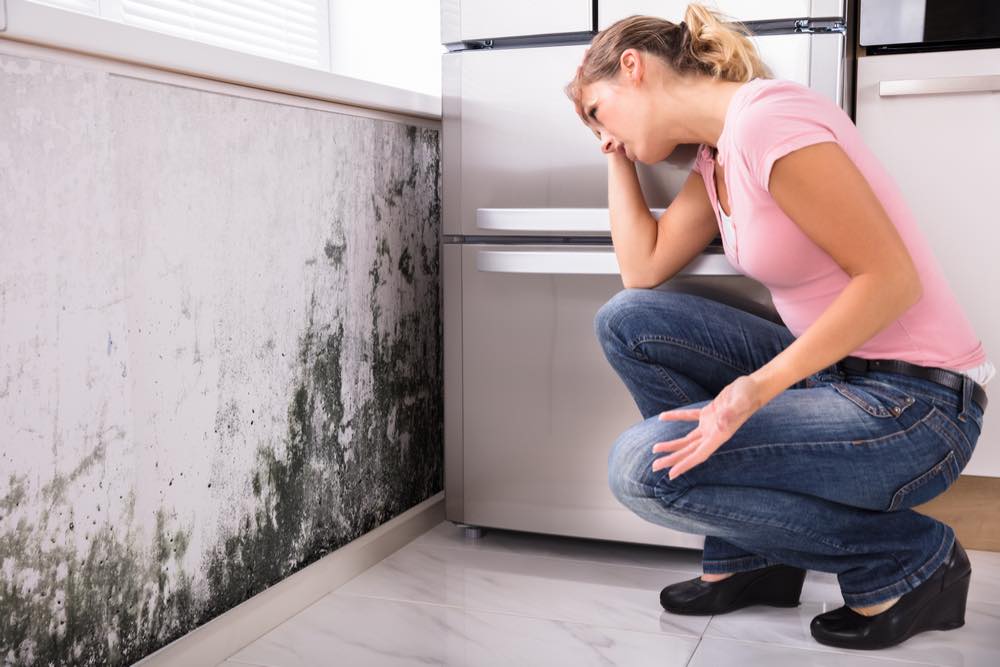How to permanently banish mould from walls
Mould is one of the worst problems you can have in your home, not only because it looks terrible. But because it can cause many health problems. However, banishing mould can be difficult. As it thrives in warm humid conditions, but it can be done if you know how.
How does mould come about?
Mould often occurs on walls, particularly in bathrooms and laundry rooms and especially along grout lines. Although it can grow anywhere there is an increase in humidity or water leakage (you often see mould growing around leaking pipes).
The first sign of mould is often a black streak or growth. However, it can also be identified under peeling paint or as a musty, damp smell in the room. One of the best ways to prevent mould growing is to increase the ventilation through your home. Nevertheless, once it has appeared, it can be very difficult to banish.
Here are a few methods that should help you to permanently get rid of mould from your home.
Vinegar based mould remover
- Mix ¼ cup of white vinegar with 2 cups of hot water and 2 tablespoons of borax (sodium borate).
- Place the mixture in a spray bottle and spray liberally over the mouldy walls. Followed by a good scrub and a wipe clean.
- Repeat this process immediately, but leave the sprayed-on mixture on the wall for at least 10 minutes before removing.
- If the mould returns quickly, then try the next method.
Bleach base mould remover
- Mix ¼ cup of bleach with 2 cups of warm water.
- Repeat the same process as above, but leave it on for 15 minutes, rather than 10 minutes.
- If the first method didn’t work completely, this bleach based method should do the trick nicely.
These mixtures work well for tiled walls and all non-porous surfaces. As well as concrete surfaces (although for concrete, it’s best to head straight to the bleach method).








Leave a Reply
Want to join the discussion?Feel free to contribute!